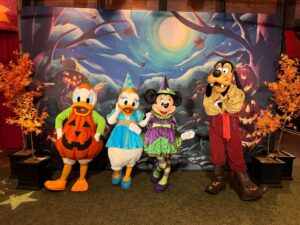As Disney continues to create new princess films like Moana 2 and Frozen 3 and 4, a growing chorus of voices is advocating for the inclusion of an LGBTQ+ Disney princess, arguing that the current narrative approach falls short of representing the diverse realities of today’s youth. With the popularity of animated blockbusters featuring strong female leads, advocates believe that introducing a queer princess could have a profound impact on young audiences.
Related: Disney World Princesses Offered Guns for Self-Defense

Critics State “Disney Pushes an Exhausting Heteronormative Agenda”
Disney Princesses are iconic characters created by The Walt Disney Company, each with their own unique story and personality. From Snow White, the very first Disney Princess, to newer additions like Moana and Elsa, these princesses have captured the hearts of audiences worldwide.
The Disney Princess franchise is not just about pretty gowns and fairy tale castles; it promotes qualities such as courage, kindness, and determination, making them positive role models for children everywhere. While these characters are commended for their many incredible attributes, some LGBTQ+ advocates claim that the Princesses at large are underrepresenting their demographic.
A recent critical article on recent princess movies argues that the studio is perpetuating an “exhausting heteronormative agenda.” Some feel that Disney is neglecting to appeal to its expanding queer audience, which has increasingly expressed dissatisfaction with the lack of representation in major releases. The article’s author, Macy Puckett, shared:
“Not only is Disney neglecting to appeal to their queer audiences, but it is embarrassing that Disney does not have the guts to embrace the queer community in a way that could prove monumental in the lives of queer kids in america and internationally.”
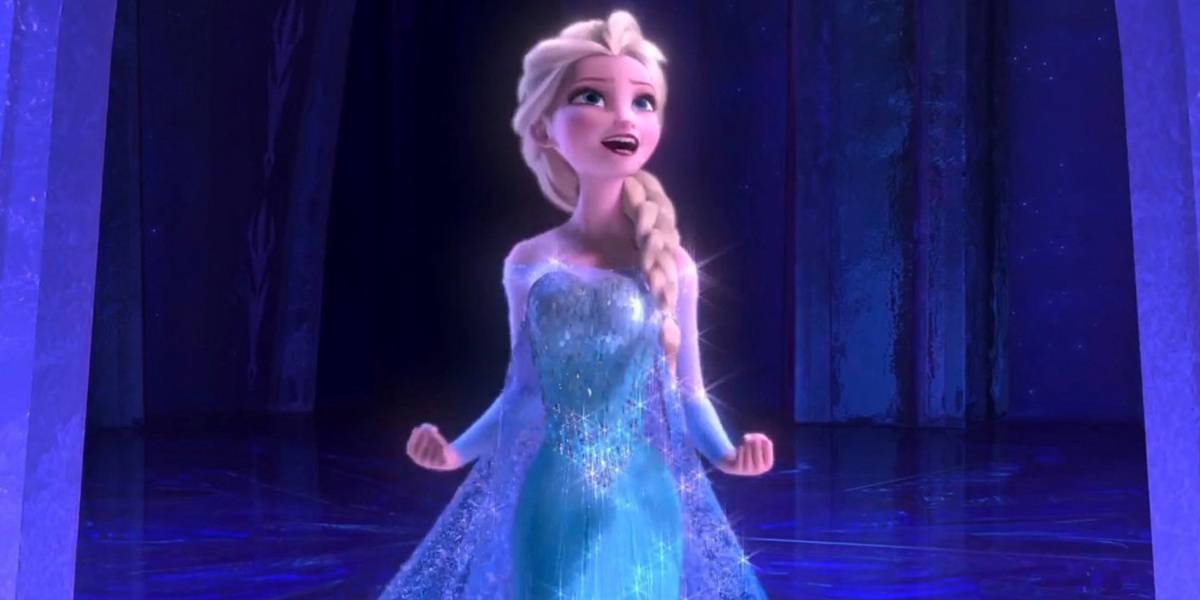
Is It Time for a Change?
The argument for an LGBTQ+ princess extends beyond mere representation; it also touches on the formative role that Disney films play in shaping the values and perceptions of young viewers. Advocates assert that while Disney has embedded queer elements in various aspects of its brand—from theme parks to television shows—it has yet to take the bold step of featuring a queer protagonist in its heroine-centered animated films.
In the past, Disney has had several LGBTQ+ characters and moments in their films, but they have not been given leading roles. Disney has also been accused of “queerbaiting,” which means misleading an audience to think a certain character may be gay when in fact they are not. Examples of this could include the boys from Luca and Princess Elsa from Frozen. The article states:
“Disney has buried queer elements in every other aspect of their industry except for heroine-centered animated blockbusters that American kids treasure… If these queer fragments were enough, people would know about them. They’re there just enough so that Disney can introduce their first queer character at least 10 times, yet small enough where some international countries only have to censor five seconds for their audiences..a factor that serves as Disney’s excuse for neglecting queer centered films.”
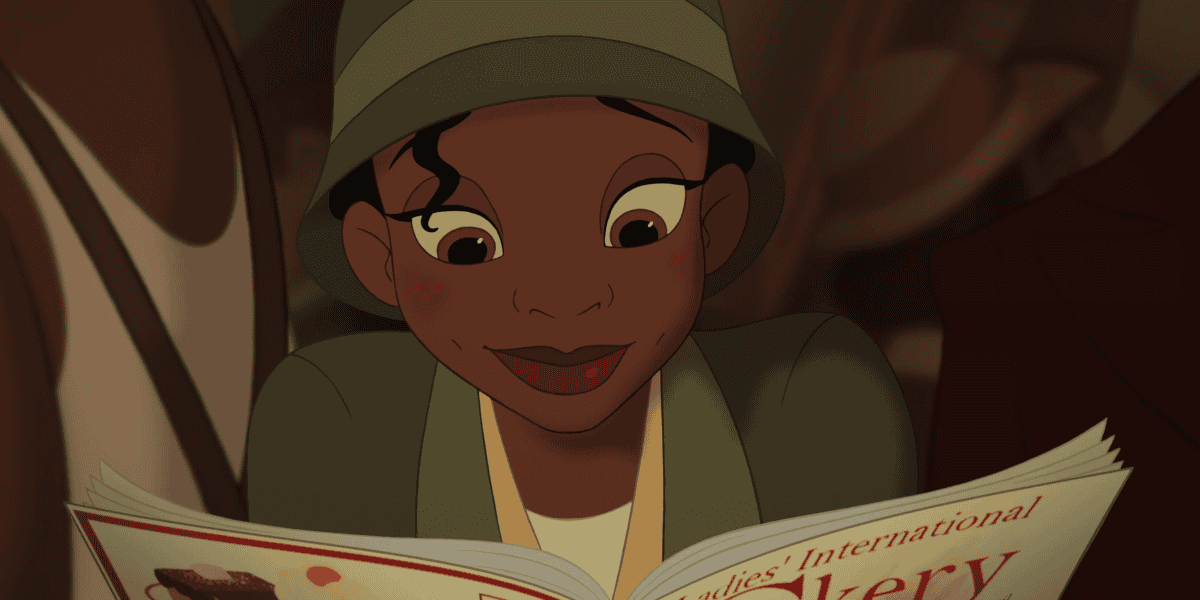
In Defense of Young Minds
On the opposing side, some parents argue that young children may not yet possess the emotional maturity or understanding to fully grasp complex themes related to sexuality and relationships. They express concerns that discussing LGBTQ+ topics might confuse their children or lead to questions that they feel are premature at a tender age.
Additionally, some parents fear that exposing their children to LGBTQ+ themes too soon might inadvertently lead to discomfort or misunderstandings about differences in sexual orientation. They advocate for open discussions within the family but believe that these conversations should be initiated at a time when children can fully engage with and understand the nuances involved.
In Walt Disney World Resort’s home state of Florida, debates on this topic are happening at a government level. The “Don’t Say Gay” law, officially known as the Parental Rights in Education Act, was enacted in Florida under Governor Ron DeSantis in 2022. This controversial legislation restricts discussions of sexual orientation and gender identity in early education settings, specifically in grades K-3, with the intent of empowering parents to control what their children are exposed to in schools.
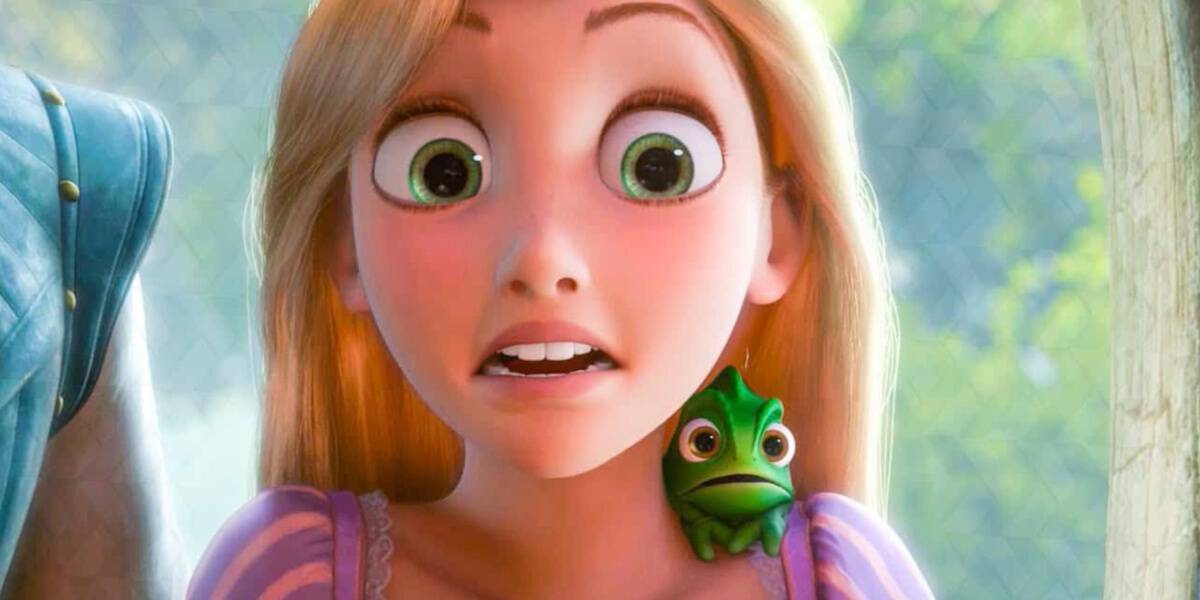
Critics argue that the law silences LGBTQ+ topics and undermines efforts to foster inclusivity and understanding among young students. Proponents, however, contend that it protects parental rights and prevents what they perceive as inappropriate content for young children. The law has sparked significant national debate about educational policy, parental rights, and LGBTQ+ representation in schools.
The Walt Disney Company has publically opposed this law, which led to a feud between the CEO of Disney, Bob Iger, and Ron DeSantis for the better part of a year. While this direct disagreement has become old news, Floridians have continued to criticize Disney for its “woke agenda,” which includes Disney’s celebration of pride, gender-neutral language, and LGBTQ+ cast members.
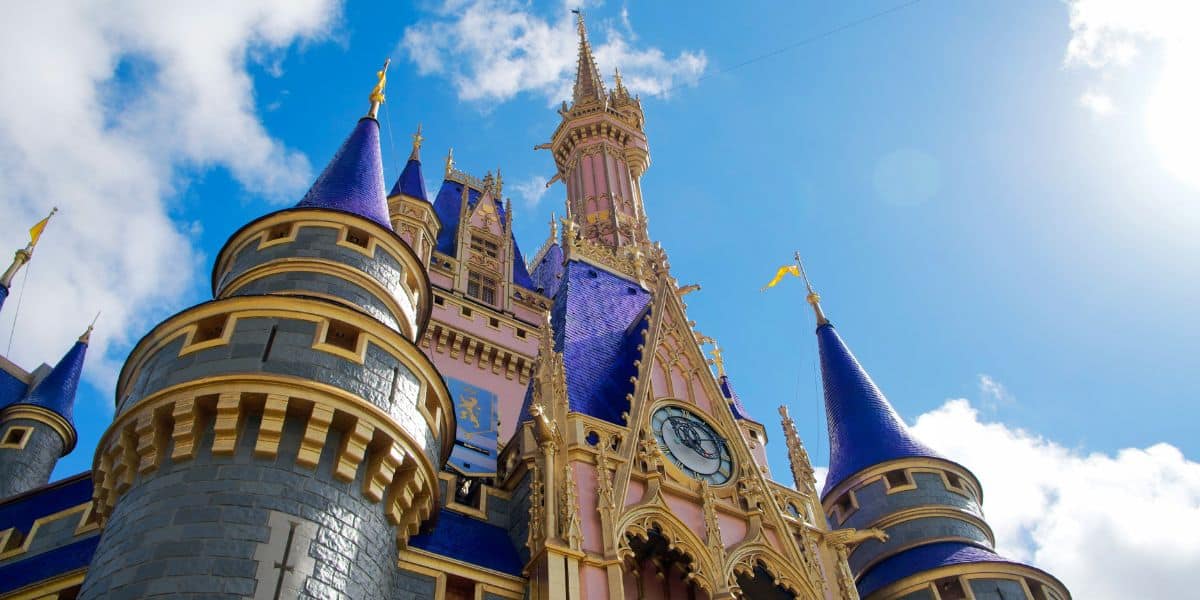
Is It Time for a Change?
It is clear to both sides that this discussion is incredibly complicated and polarizing. At this time, Disney has been put at an interesting crossroads where either decision could make them a target for hate. For now, it seems that Disney will try its best to remain neutral on this subject.
As discussions about representation in media continue to gain momentum, the demand for an LGBTQ+ Disney princess reflects a broader societal shift toward acceptance and understanding. Advocates are hopeful that Disney will recognize the significance of this movement and take meaningful steps to include a character that resonates with all children, allowing every child to see themselves as a hero in their own story.
The post Calls for a Lesbian or Transgender Disney Princess Intensify: “Kids Deserve More Than a Gay Kiss” appeared first on Inside the Magic.

